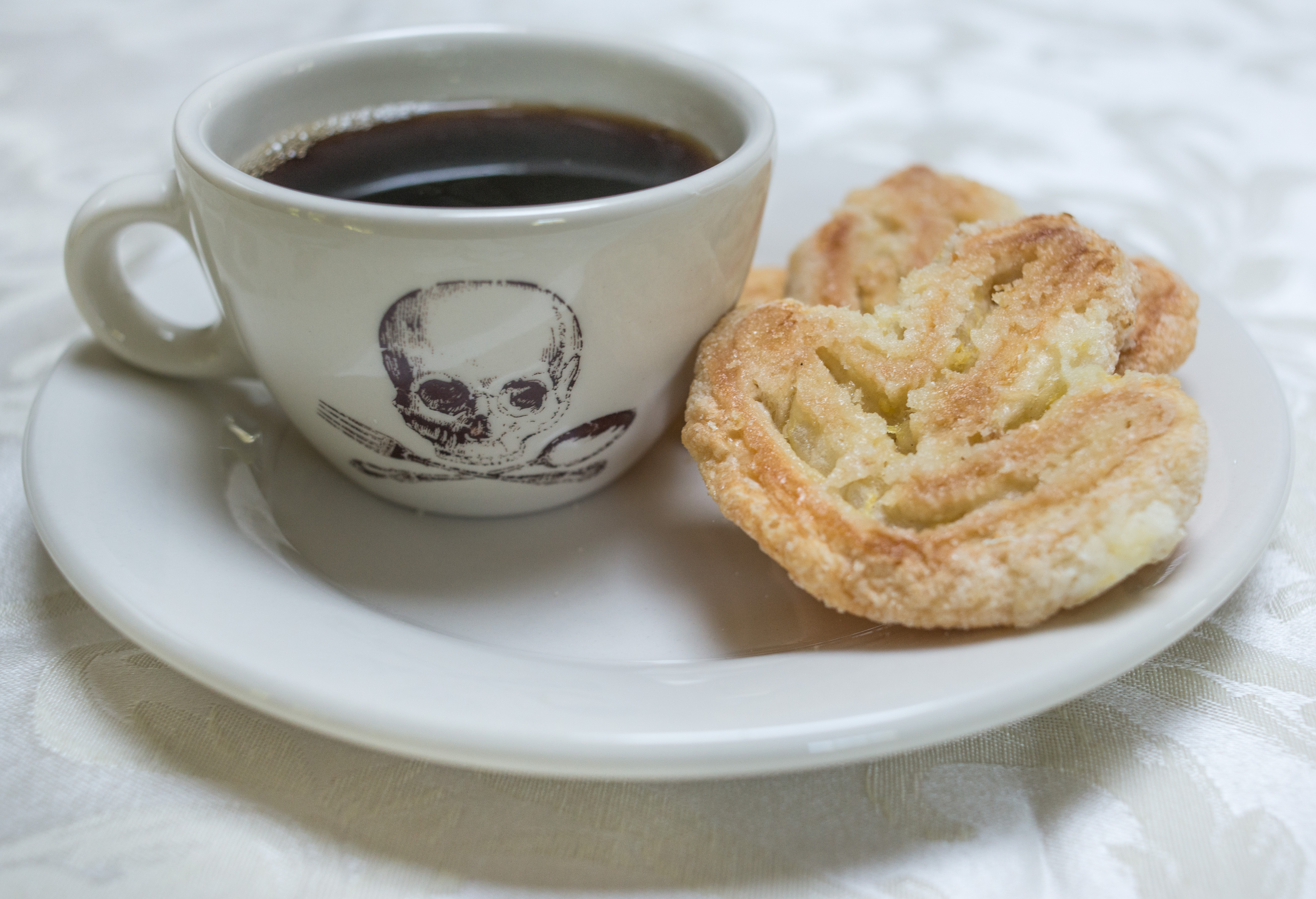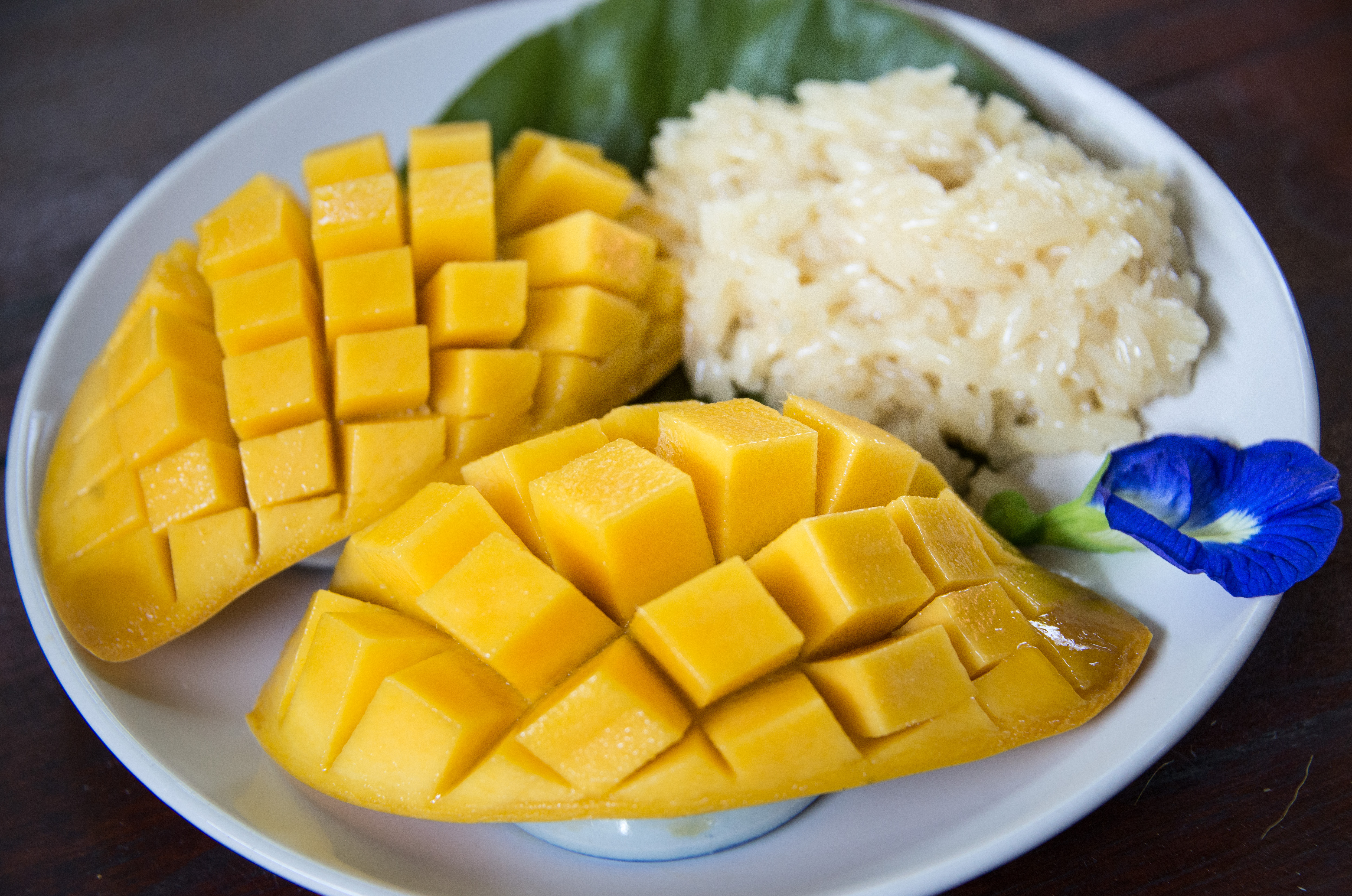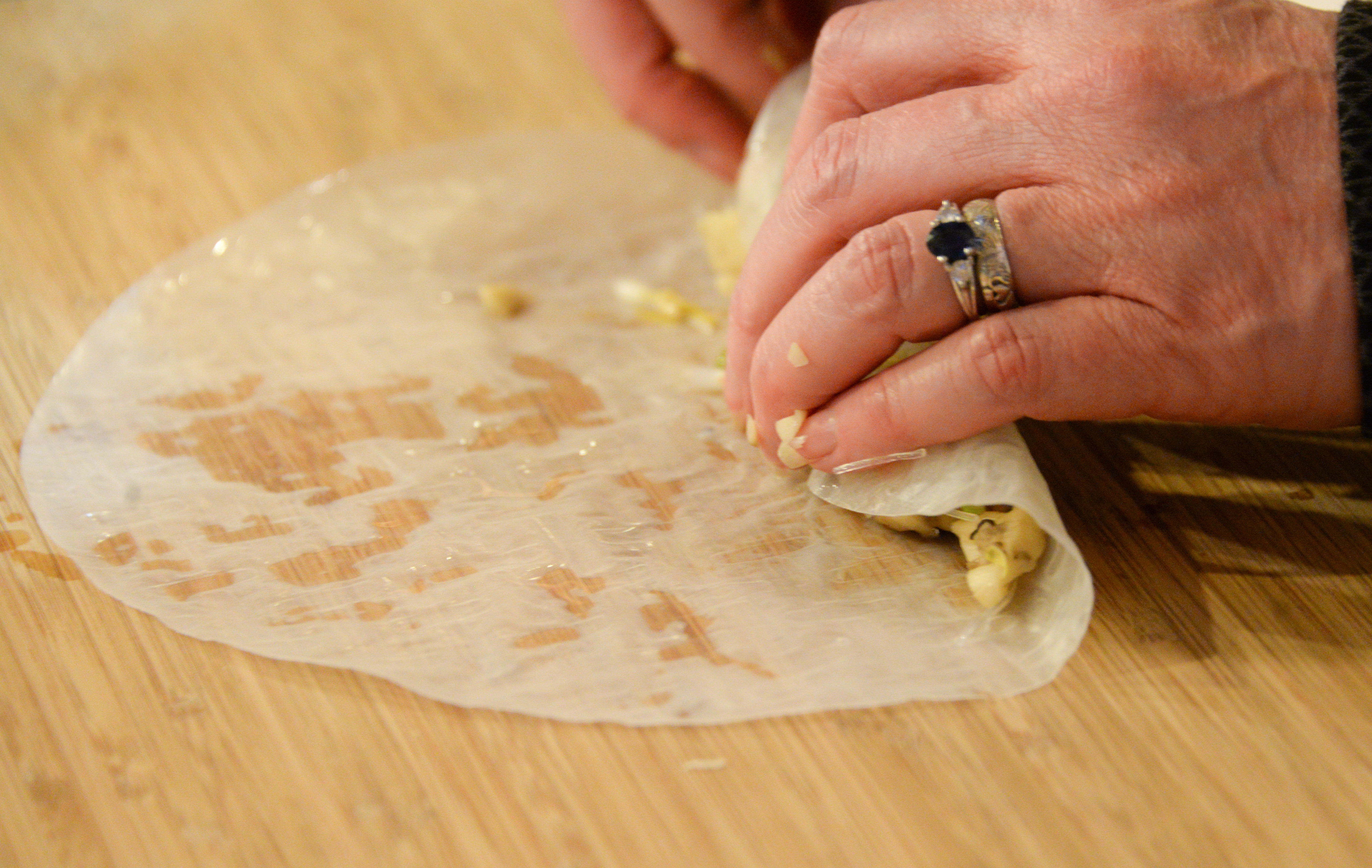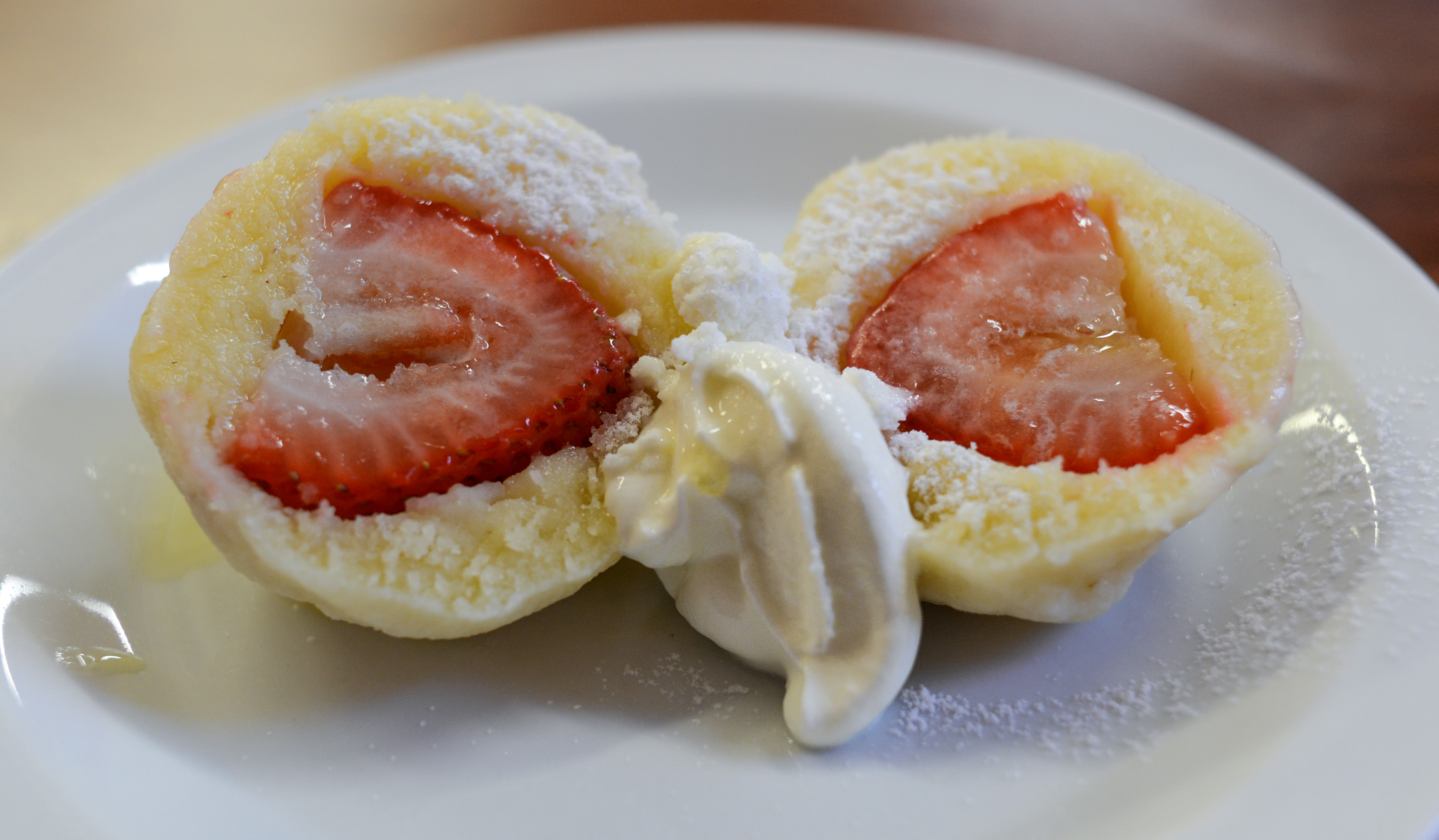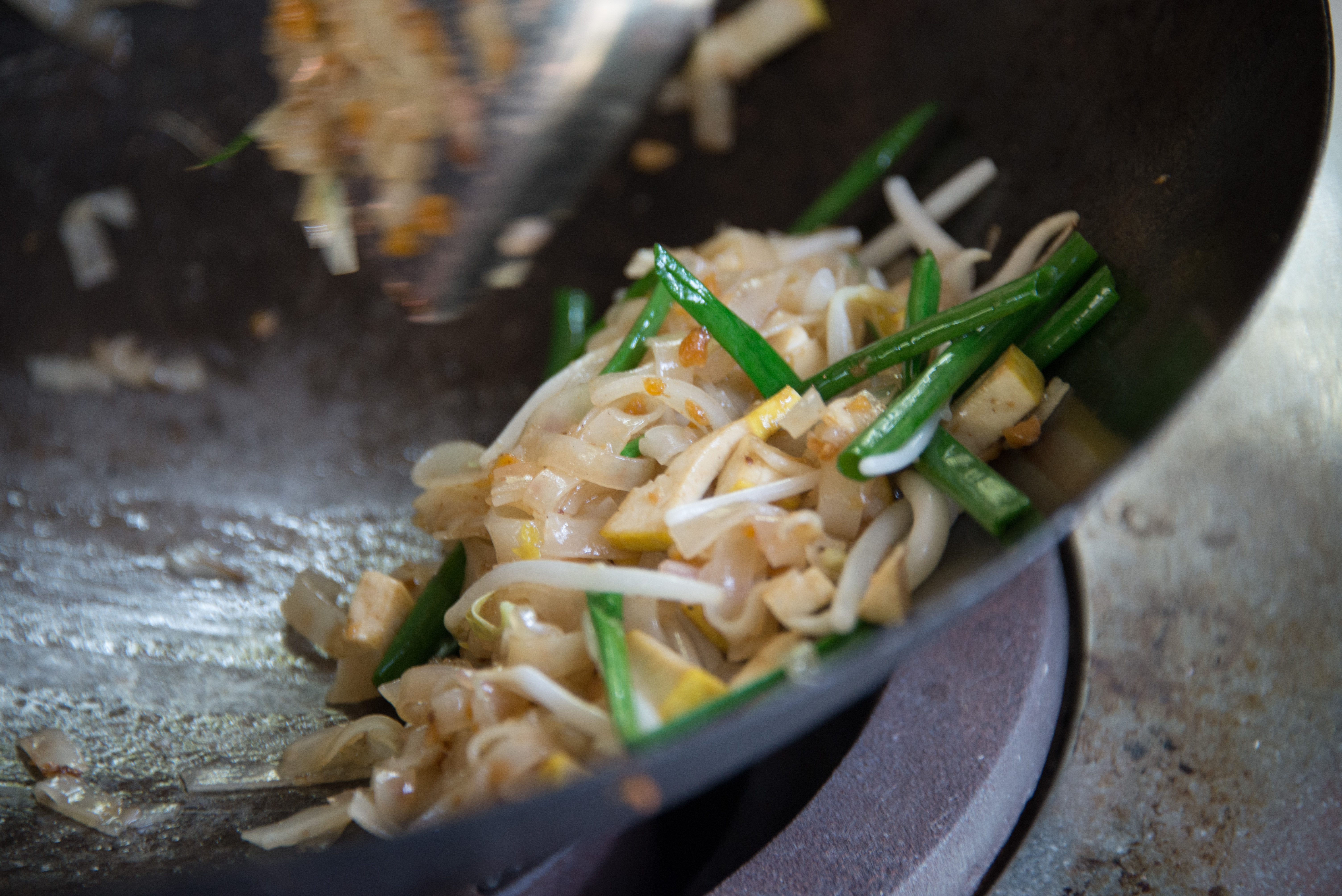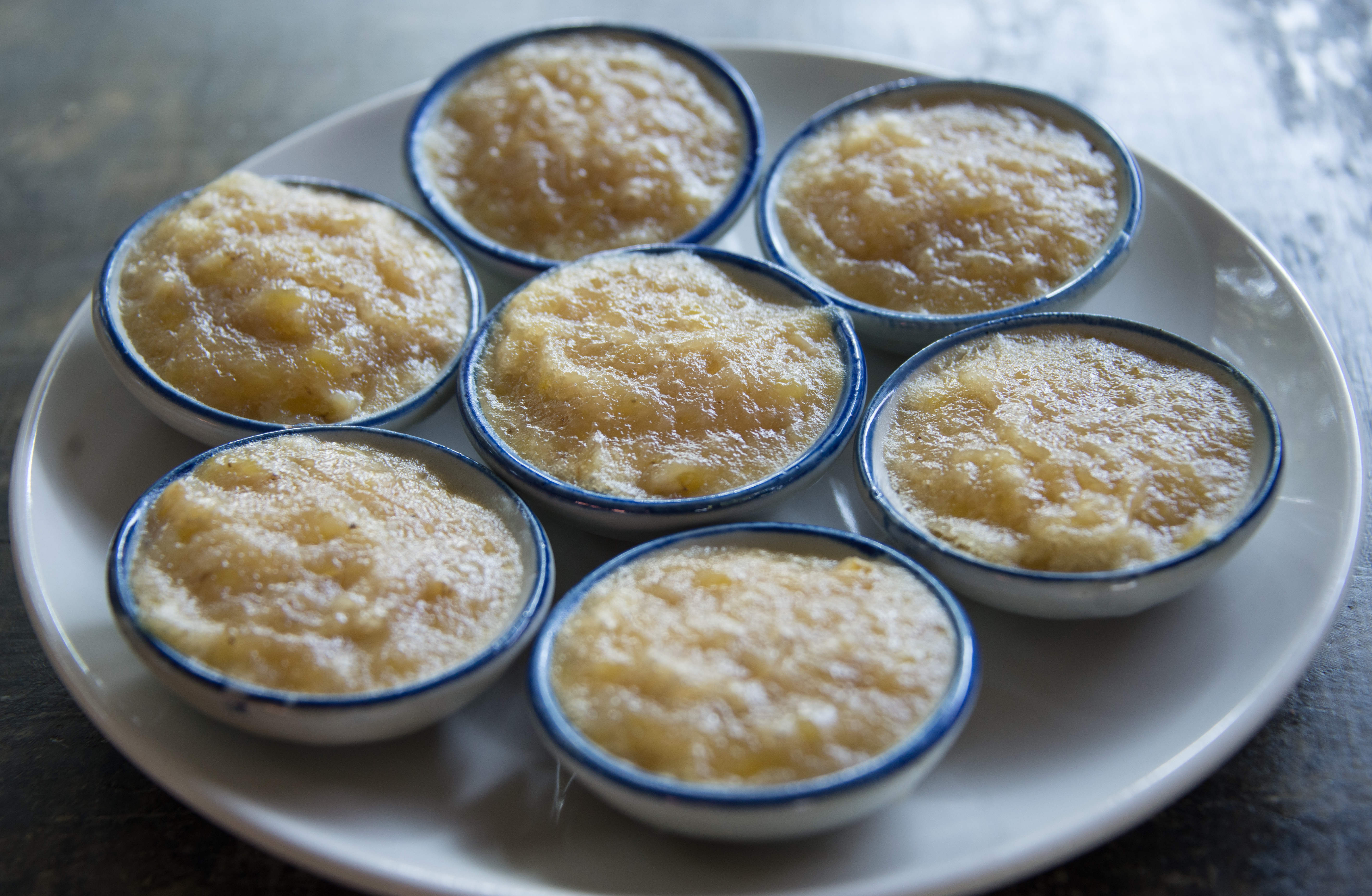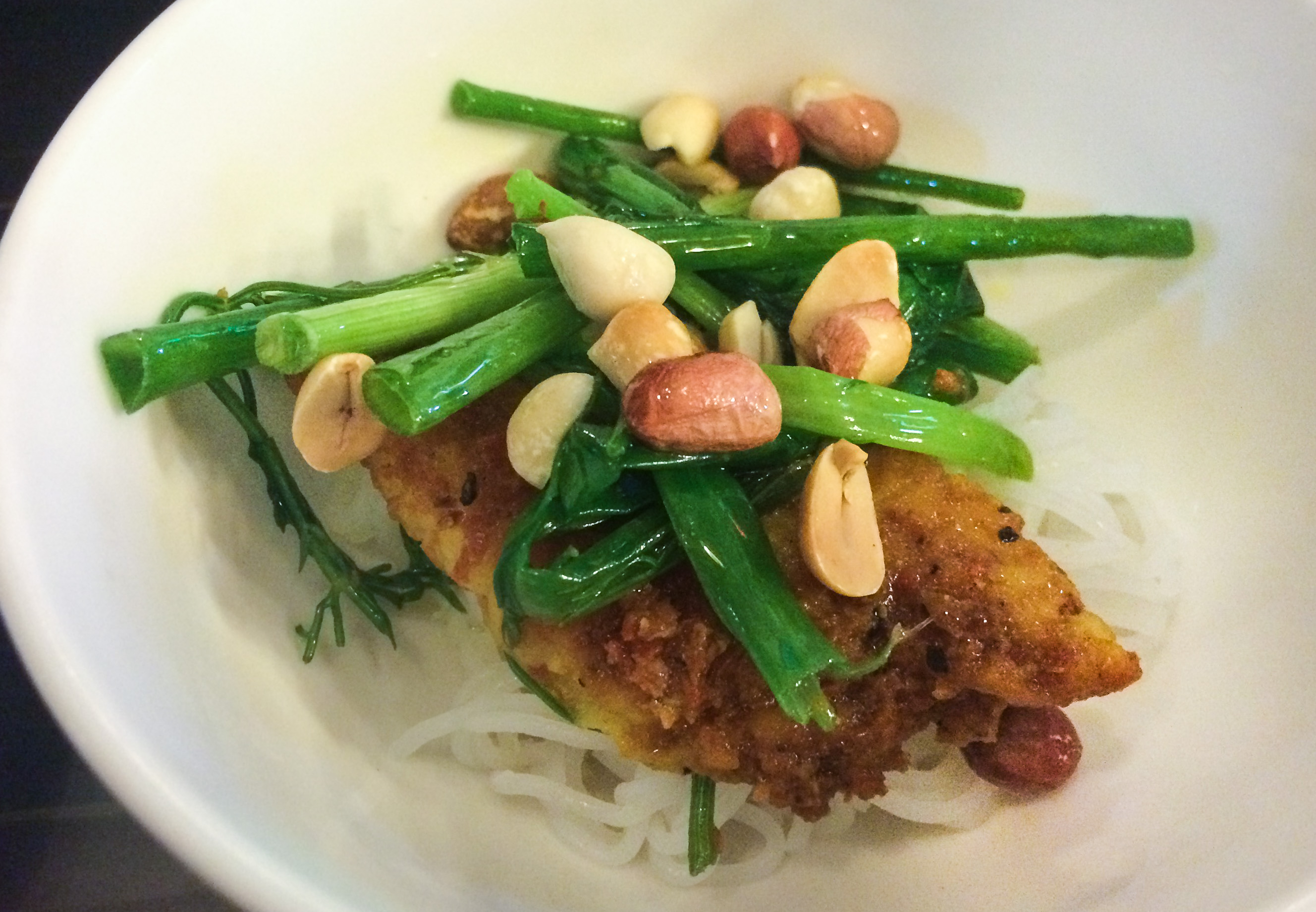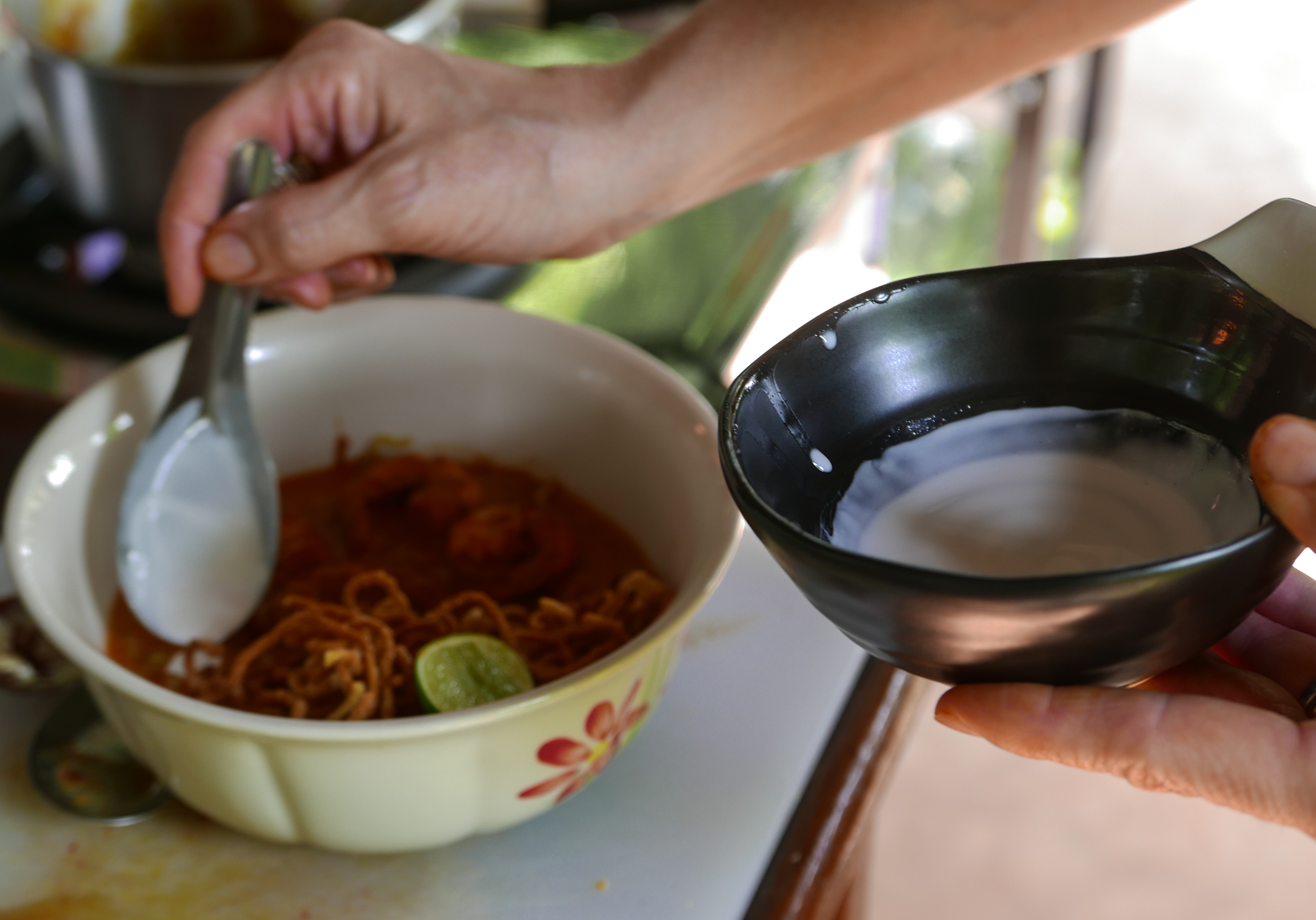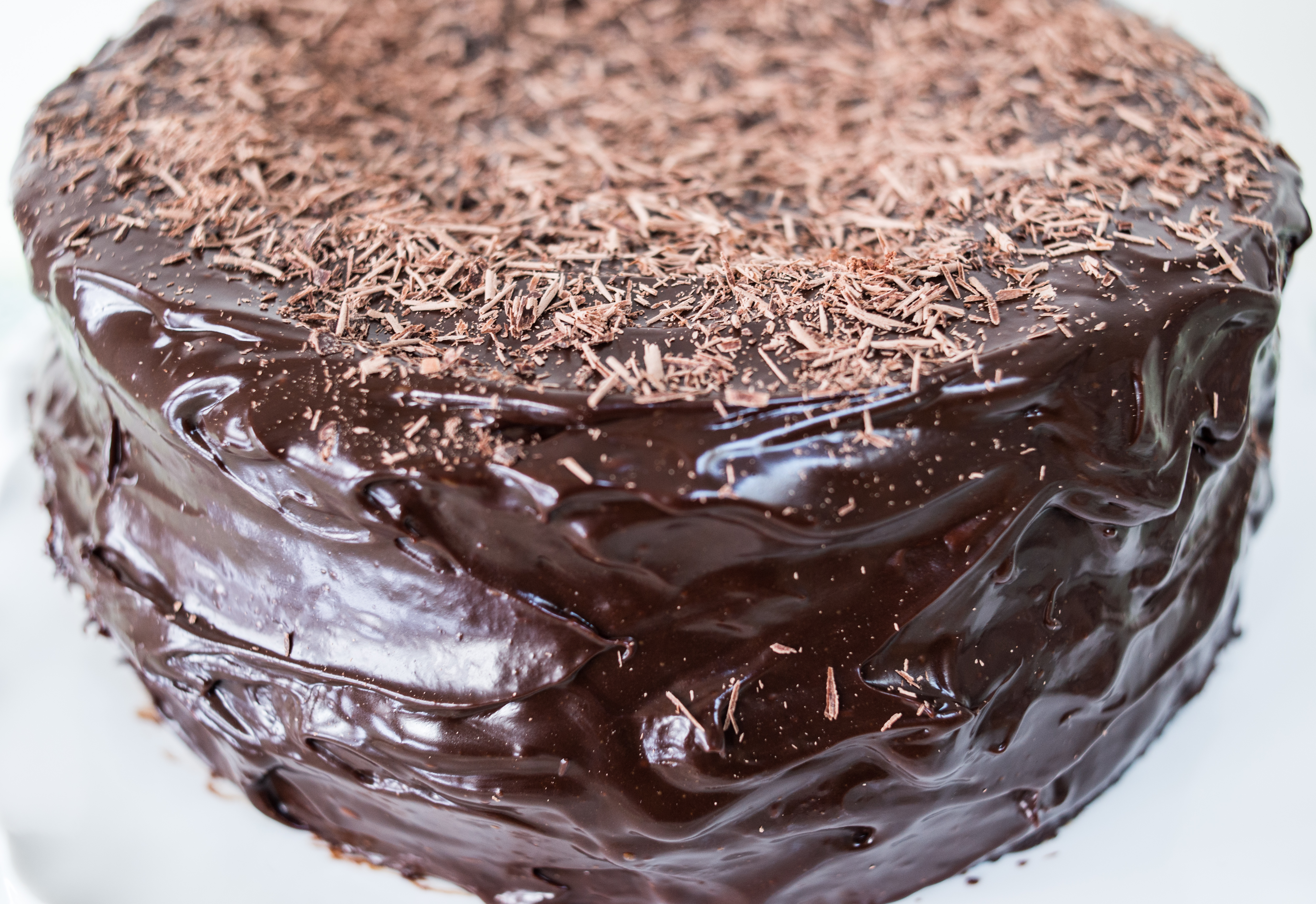Ooh la la! Lemon Palmiers!
Because I lack the patience to wait in long lines, fight the crowds at historic sites and deal with other cranky, sweaty tourists, while friends are off baking at the beach or exploring national parks, I spend the summer tucked in my kitchen, reliving past vacations through food. Few sweets remind me more of poking around picturesque French villages than palmiers. Originating in Southern France, these flaky, caramelized cookies are a mainstay of patisseries and, in my case, the perfect breakfast-on-the-go. What can I say? Whether at home or on the road, I like my breakfasts small, portable and sweet. Palmiers get their name from their unmistakable shape. In French palmier means “palm.” Along with being compared to palm leaves, they have been likened to butterflies, eyeglasses, hearts and elephant ears. If I’m baking these cookies, they might resemble a palm tree or, on an especially harried day, a work of modern art. How do these cookies end up looking like palm leaves? Imagine dozens of layers of buttery puff pastry dusted with sugar and …
